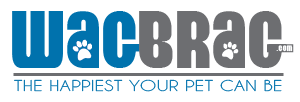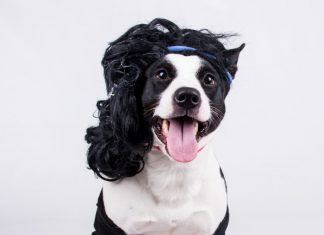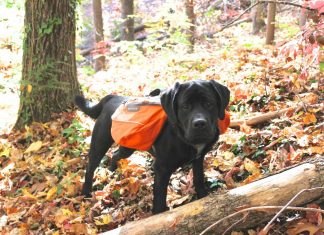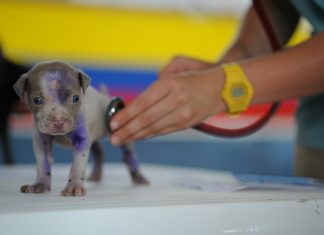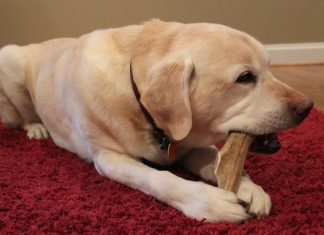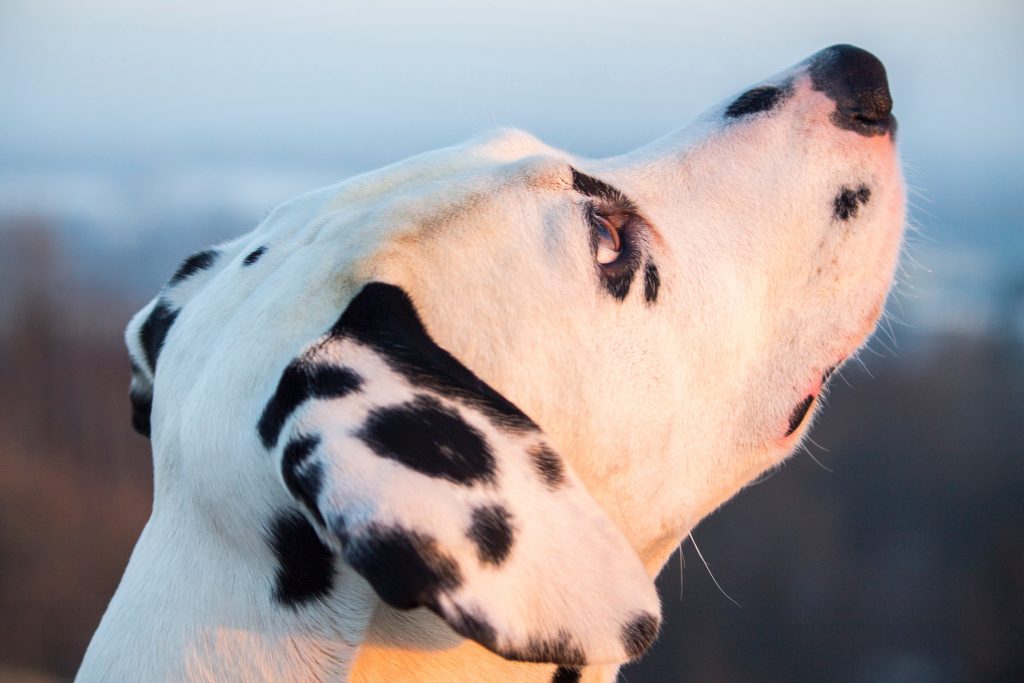
The Canine Good Citizen (CGC) test is comprised of 10 different tests that you must perform with your dog. Your dog must successfully complete all 10 tests for a passing grade. The tests represent a well-behaved dog and a responsible dog handler/caregiver. The American Kennel Club recognizes the CGC as the “gold standard for dog behavior”. Receiving a passing grade may sound challenging for some. But with the proper preparation and some helpful tips, you can be on your way to having a better-behaved dog and ultimately pass the CGC test.
Rio, my 2-year-old black Labrador Retriever, and I recently completed the CGC training and test at K9-Coach in Atlanta, GA. From my own personal experience, here are a few tips in preparation and for passing the CGC test.
Why Should Your Dog Take The CGC?
Passing the CGC is typically the first step and prerequisite for being a therapy dog. Many therapy organizations have their own tests which build upon the things you learn in the CGC.
However, passing the CGC may be good for your homeowner’s insurance. People are sometimes dropped from their policies due to owning a ‘bully’ breed. By getting your CGC diploma for your dog, you have proof that your dog is well mannered and socialized. In fact, some apartments and condos require dogs to take and pass the CGC.
Ultimately, the CGC helps in your dog’s socialization and prepares him for other advanced training. You will be able to better communicate with your dog. Obedience cues like recall, stay and leash handling are valuable and may prove to be critical in keeping your dog safe in different day-to-day situations. The CGC will lay the foundation for a well-mannered dog.
What are the CGC Test Items?
Here are the following tasks you must successfully complete in the CGC test.
- Allowing a friendly stranger to approach
- Sitting politely for petting by a stranger
- Appearance and permitting to be groomed and handled
- Loose leash walking with handler
- Loose leash walking through a crowd of pedestrians and distractions
- Sit and down on cue and stay in place
- Recall / Come when called from 10 feet away
- Two handlers and their dogs approach each other. Your dog must sit/behave nicely while the two handlers step toward each other and shake hands
- Reaction to at least two distractions like wheelchairs or sudden noises, etc
- Supervised separation from the handler without extreme stress or agitation
Tips On Preparation And For Passing The CGC Test
Tip 1. Use high-value treats during your training sessions. These may or may not be store bought treats but you really want to use a treat that your dog craves. I usually cut up turkey hotdogs or use boiled chicken. But my dog’s absolute favorite treat is bonito fish flakes.
Tip 2. The first two tests pertain to interacting with strangers. Sounds simple but you may be surprised to find your dog is fine with some strangers but he reacts, barks or seems hesitant around other strangers. Strangers come in all shapes and sizes – so a dog may be uncertain around strangers who look or don’t look a certain way. Make sure to introduce your dog to a variety of people of different races and ages, including people wearing hats, bulky coats, and glasses/shades.
Tip 3. Appearance and grooming test tip. Dogs who don’t like to have their paws or ears handled need to be slowly conditioned so that they learn to permit being handled in this manner. This was actually Rio’s biggest challenge – he did not like his paws touched or handled. Hand feeding him was the trick to getting him to permit his paws to be touched. At feeding time, I would hand feed him with one hand while gently touching his paw with my other hand. Gradually over time (after several repetitions) I went from touching his paw to picking it up and handling it like a vet may do. I got this great tip from Steve, one of K9 Coach’s professional dog trainers. Which leads me to the next tip.
Tip 4. Sign up for professional training in a group setting. Even experienced and savvy dog handlers will benefit from the class setting. You’re able to quickly identify training or behavior problems or challenges. Additionally, you’ll learn how to effectively teach your dog with positive training techniques. As I mentioned in Tip 2, for those tough situations where you’re having a hard time getting your dog to comply with your requests – you’ll get great guidance and advice as I did from Steve at K9 Coach.
Tip 5. For loose leash training use a harness. High energy dogs may be challenged by loose leash walking. Rio is only 2 years old – active and loves to run. I used multiple techniques for teaching him to walk nicely on the leash. First, I recommend a harness. I’m a big fan of the Ruffwear Front Range harness for two reasons – it’s a front-clip harness and has a center strap that fits down the dog’s chest and not across the shoulders (so no stress against the dog’s shoulders). Secondly, that chest strap has a ring for where you can attach the leash. With the leash attached to this chest ring, if the dog pulls the momentum is actually going to help point his body in your direction (helping to shift his attention to you). It reduces the overall impact on pulling.
Tip 6. Zig Zag – A LOT during loose leash training so your dog learns to keep his attention on you. I turned this into a fun game for my dog. Every time my dog started to pull, I would say “this way”, and I’d change directions. Then when my dog followed I immediately gave him a treat. I would also pick up the pace slightly when I changed directions – almost like a game of chase. My dog quickly picked up on the game and his eyes focused on me. It was kind of like he was saying – you’re not going to get away from me this time. But I’m sure the good treats helped keep his attention as well.
Tip 7. Take your dog for a walk through Home Depot or a similar store. This little exercise will help your dog in multiple areas. There are plenty of “friendly strangers” at the store. If someone wants to meet and pet your dog, practice having your dog sit with no jumping before allowing him to be greeted. Also, there are lots of strange equipment and noises to help acclimate your dog to objects and distractions.
**Please keep in mind, all these different sights, sounds, and smells could also scare your dog. If you notice that he is spooked, leave immediately. You may need to start off in a calmer environment before visiting a busy store like a Home Depot.
Tip 8. Practice sit, down, stay in areas other than just in your home. Your dog may be able to do these great in your home but how well does he do with distractions? Practice in your backyard or at a park. Slowly and gradually add in distractions and duration.
Tip 9. Exercise your dog before training sessions. Your dog is likely to be excited to participate in a class setting. I do a variety of fun exercises with my dog 2 or 3 hours before the class. He can use bursts of energy during a game of fetch. Long walks and jogs and games of tug help keep Rio calm(er) during the training sessions. But know your dog’s limit – too much exercise could have the opposite effect. An exhausted dog will have a hard time focusing and shorter attention span.
Tip 10. Help your dog relax. Right before class or even during the training classes, give your dog a good rub down – like you’re giving him a massage. This reassures your dog that everything is okay and helps to reduce anxiety.
Tip 11. Don’t forget yourself. Dogs can easily read our body language. If you are nervous or stressed about the CGC test or training session your dog will notice and possibly feed off of your emotions. Breathing exercises or a few minutes of meditation will help get you centered and calm.
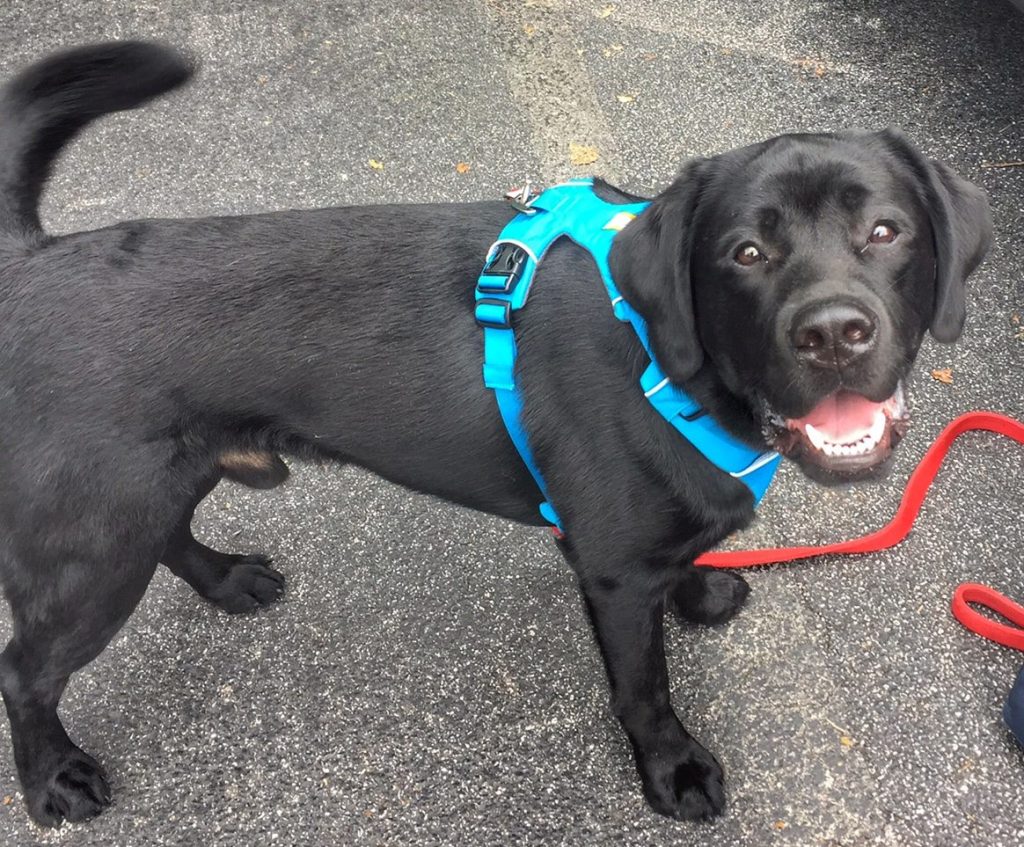
Obviously, there are additional things you will need to work on with your dog for the CGC test but these are the tips that helped Rio succeed with passing. Also, try not to be frustrated if you do not pass. Most of all, your primary goal should be to have fun and enjoy working and bonding with your dog.
